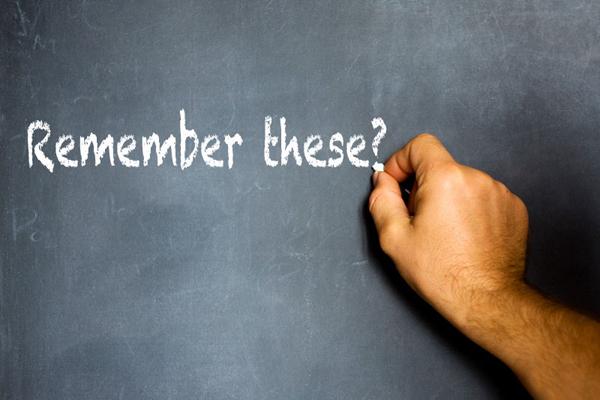Where Did Chalkboards Come From?

Hear that? It's the sound of thousands of schoolteachers resuming their swishy-click marking up of our nation's chalkboards. The ubiquitous learning aids have gone through some evolutions since the days of one-room schoolhouses.
Back then, students carried their own wedge of slate, reusable and cheaper than paper, and took notes on their laps. Larger chalkboards — sometimes just pieces of wood painted with black, liquid slate — hit the wall in the early 19th century, when they were introduced to America by a Scottish geography teacher at West Point Academy.
A greenish hue is more popular today because it is considered less harsh on the eyes. Concerns over dust allergies are also spurring the use of "whiteboards," porcelain-based boards written on with squeaky, colored markers. So much for the eraser-cleaning detention.
Follow Life's Little Mysteries on Twitter @llmysteries. We're also on Facebook & Google+.
Get the world’s most fascinating discoveries delivered straight to your inbox.



